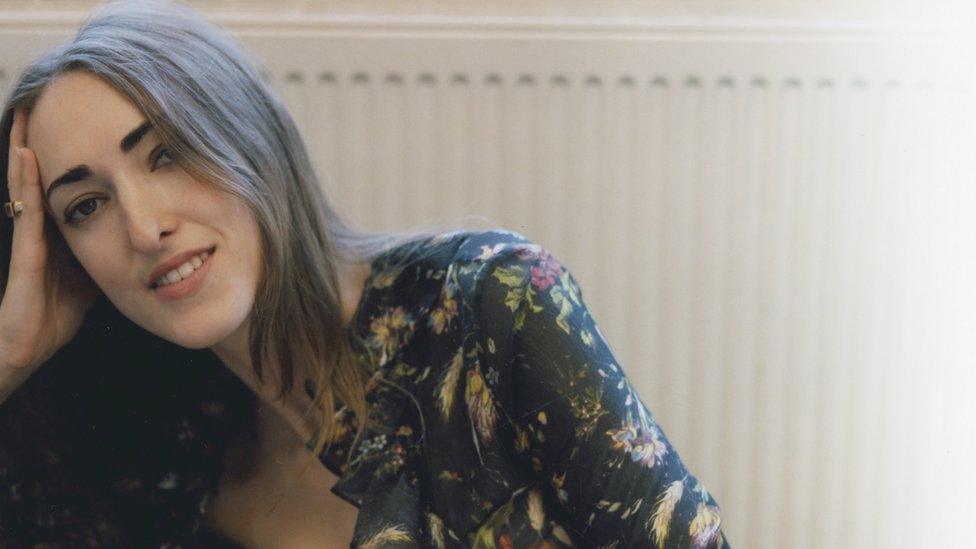Chris Moore: The man who's photographed 60 years of fashion
- Published
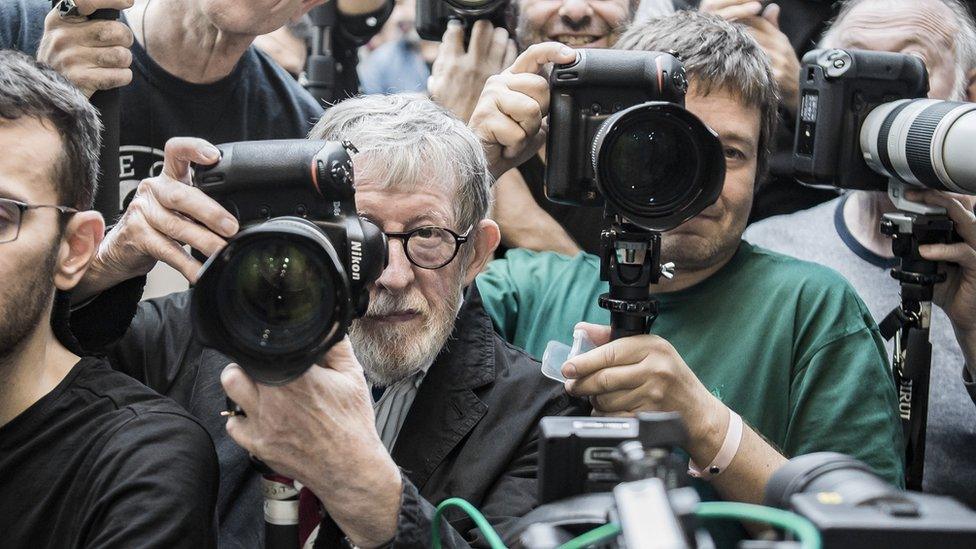
Chris Moore, now aged 83, started taking catwalk photos in the 1960s
An economic migrant during the 1930s depression, Chris Moore left Newcastle with his family for a new life in the south-east of England. Soon after war broke out and he ended up moving schools five times, mostly without his parents. He explains how he managed to break into the world of fashion photography, attending every notable show over the past 60 years.
I was only four years old when I left Newcastle with my parents.
But many others were doing the same; we were as a tribe and Geordies were all around me throughout my childhood even though much of it was spent in Essex.
We moved south and Newcastle came with us.
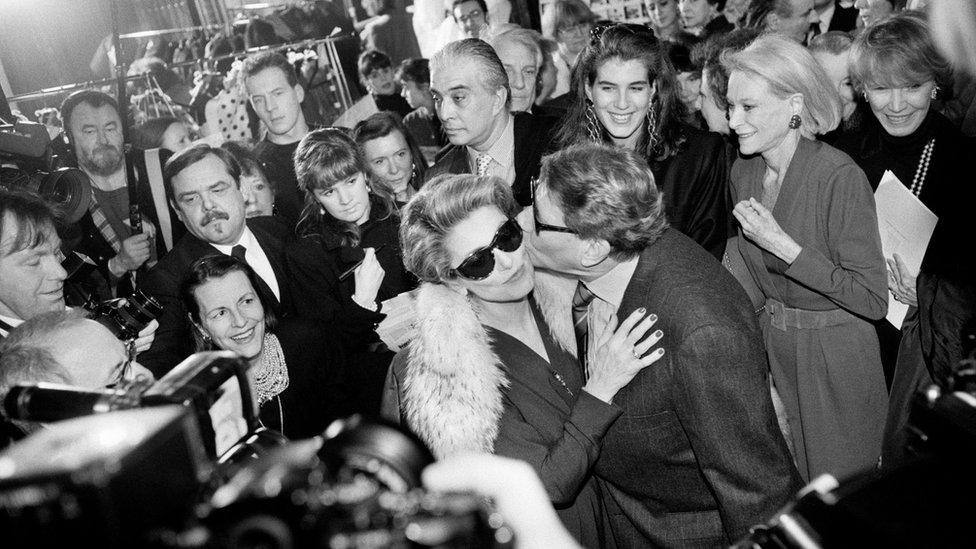
Yves Saint Laurent with Catherine Deneuve in Paris in 1994. "The paparazzi scramble was already thick when I reached them backstage after the show," says Moore. "Suddenly a security guard minding the diamond jewellery on a table in front frantically swiped the surface clean with one arm and, in a synchronised motion, I jumped into the space created"
It was soon after we arrived in the South to set up a new home that war broke out and the child evacuation policies meant that my schooling was a horrible mess.
I was moved five times in as many years, each to a different house and school and most of the time without my parents.
Work was easy to come by and my father arranged my first job. He was a great believer in joining a strong union and jobs in printing were coveted and well paid.
I don't remember but he must have been disappointed that the place he sent me to at G & Watson, although a printing company, was in fact inside their photography department.
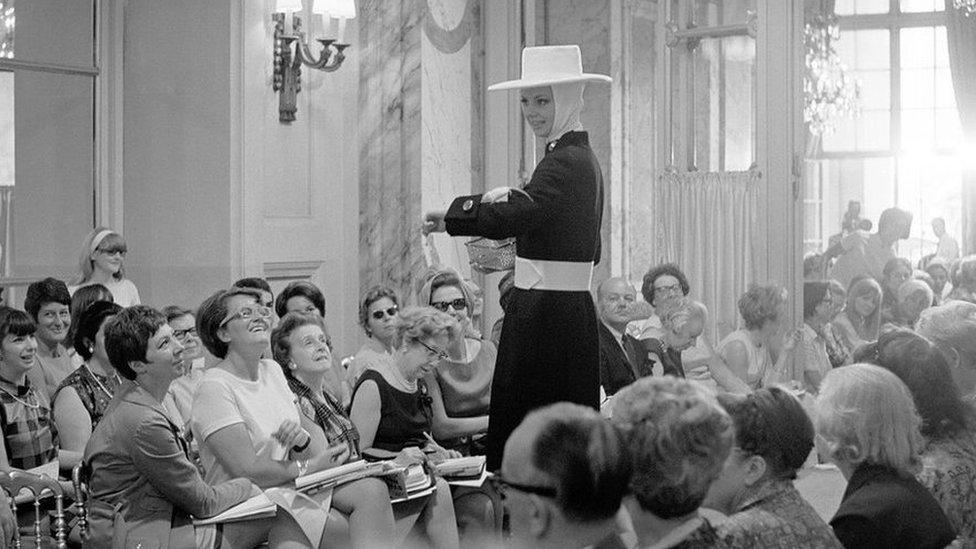
French designer Jacques Esterel's first ambition was to be an entertainer, and this love crept into his presentations. "It is the first time I saw an elevated catwalk," remembers Moore, "more like theatre than fashion show". This photo was taken by Moore in 1967 in Paris
I left with a strong technical grounding and I was recommended to Vogue Studio as an assistant a couple of years later.
Their studio in Shaftesbury Avenue in the centre of London did, of course, change everything for me.
As a working-class lad I found the place, people and attitudes at Vogue in the 1950s completely different to anything I had experienced up until then; it was a bit of a culture shock actually.
But given my turbulent childhood I suppose I had learnt by then to take change in my stride a bit more than some would have.
I worked for many photographers during that time, but of course some stand out now because they became famous, like Cecil Beaton and Henry Clarke.

"Before Kate, Linda and Naomi there was Iman, Jerry and Marie. Each decade has its standout models; these days it's the Hadid sisters, Gigi and Bella"
There too, I became aware of style for the first time. Before Vogue Studios, people, in my eyes, were wearing clothes.
But I eventually realised that the same clothes on different people were not necessarily the same; a person's style is an individual thing.
I travelled to Paris for the haute couture for the first time in 1967. By this time I had set up my own business and some of my fashion clients were newspapers and magazines interested in covering the new seasons there twice a year.
The scene was really small compared to now and press members were treated with suspicion.
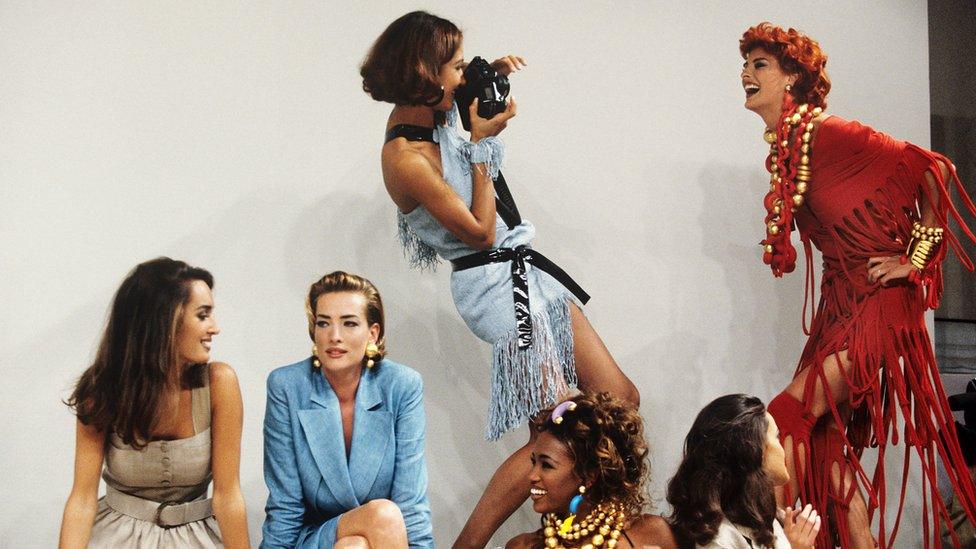
Supermodels including Naomi Campbell and Linda Evangelista modelling Fendi in 1992 in Milan
We were not allowed in to photograph the presentation to clientele and even journalists would be thrown out if caught sketching the designs, so paranoid were the couture houses of being plagiarised.
Instead a few ensembles were selected to be photographed either in the salon later or in the street outside the events.
It was later in the 1970s when the ready-to-wear brands made a push to attract buyers through organised trade weeks that the catwalk circuits were born.
I have been covering them continuously ever since.
The term "catwalk photographer" was coined much later, around the same time as another catchy phrase "the supermodel"; some time in the early 1990s.
It looks glamorous from the outside looking in, but in reality it is a tough business with high levels of stress and physical hardships.
Those of us that have endured after many years are few and there is a strong camaraderie, especially among the photographers.
Of course with every positive there is a negative and that I suppose is the downside in the divided life I have lived - time on the road is time away from home.
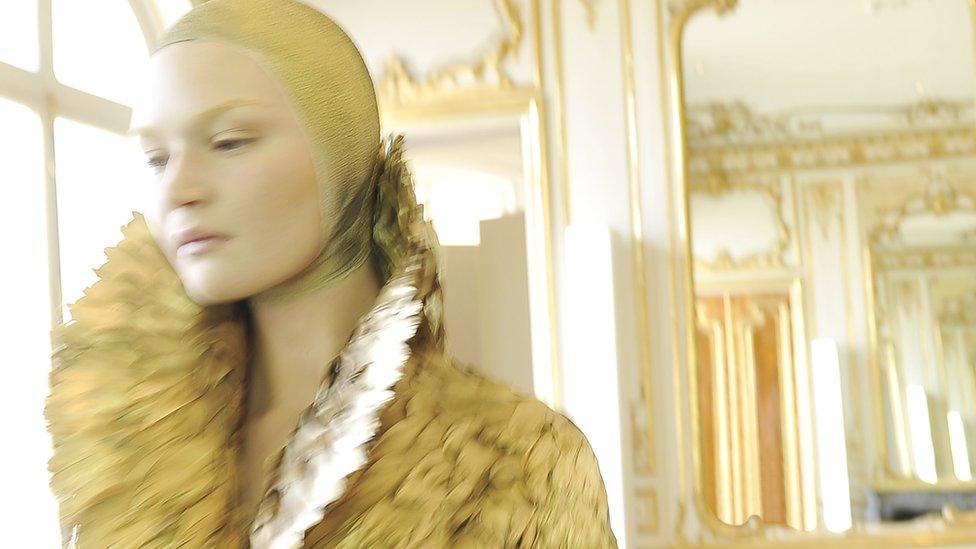
Moore describes Alexander McQueen as one of the "showmen of the catwalk". This design is from Autumn/Winter 2010
My favourites have always naturally been from designers who cared that their presentations would be very visual, knowing that the show had to photograph well to reach the wider audience later in the news media.
Showmen of the catwalk, like Thierry Mugler, Issey Miyake, Jean Paul Gaultier, Vivienne Westwood and Rei Kawakubo, then more recently Miuccia Prada, Hussein Chalayan and of course John Galliano and Alexander McQueen.
I have often enjoyed just as much witnessing the circus around the events and the extraordinary people in the shadows.
Whether backstage or in the front row, I loved following the style antics of Italian Vogue editor Anna Piaggi and style icon Issy Blow who on some days would have changed two or three times a day.
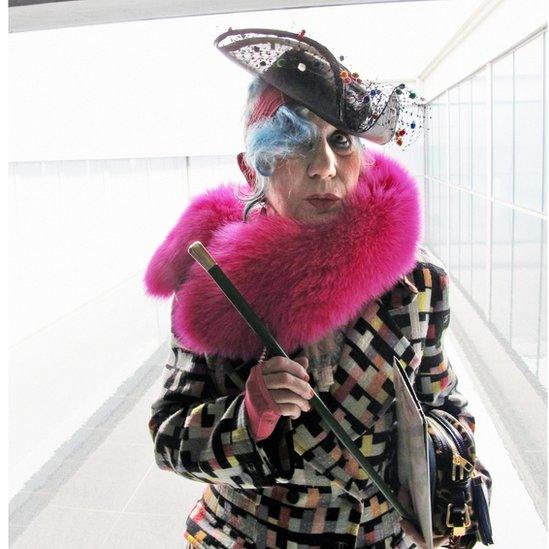
Moore enjoyed following the "style antics" of fashion followers such as Anna Piaggi, who wrote for Italian Vogue
It is also true that to some extent you can predict the fashion trends from what the front row is wearing or from how they are reacting to the shows, especially the expression on the face of Suzy Menkes who I worked with for 25 very special years at the International Herald Tribune.
Then there is also US Vogue editor Andre Leon-Talley who, because of his tall stature and conscious style, would catch a lot of attention as he walked into a room with the all-powerful Anna Wintour.
You might also like:
I suppose it always has made good sense to watch the watchers.
I have seen people with money flounder with so much choice that they do not know what they should wear, and those with so much less create an individual style just by ripping off a collar or painting an old pair of shoes.

Moore says fashion is for anyone who wants to be stylish
Fashion is at its worst when it dictates to the many and at its best when it offers a backdrop or mood to encourage more individual expressions of style.
I have learned that fashion is for anyone who cares to be stylish, and that it has nothing to do with age, class or gender.
Catwalking: Fashion through the Lens of Chris Moore, external opened at the Bowes Museum, Barnard Castle, County Durham, on Saturday and runs until 6 January 2019.
As told to Sian Davies.
- Published17 April 2018
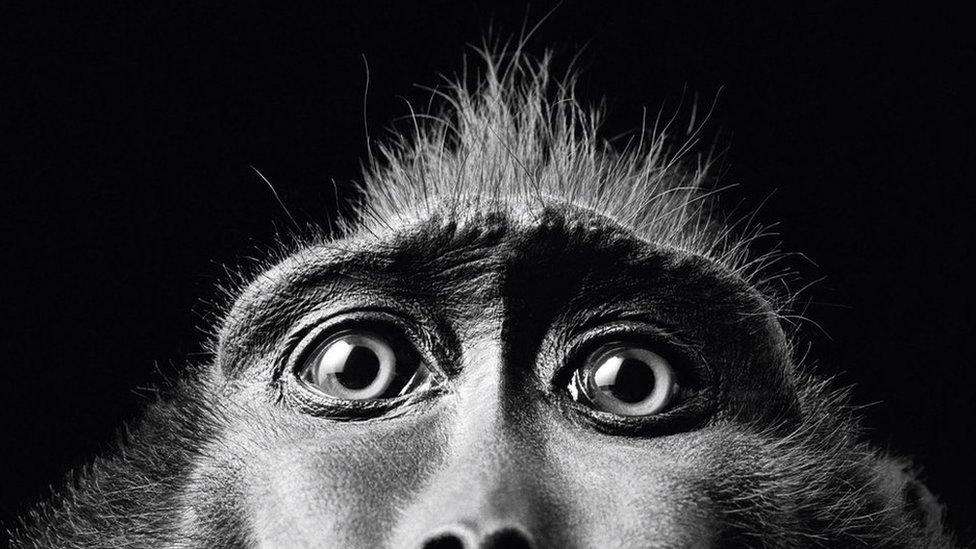
- Published11 February 2018
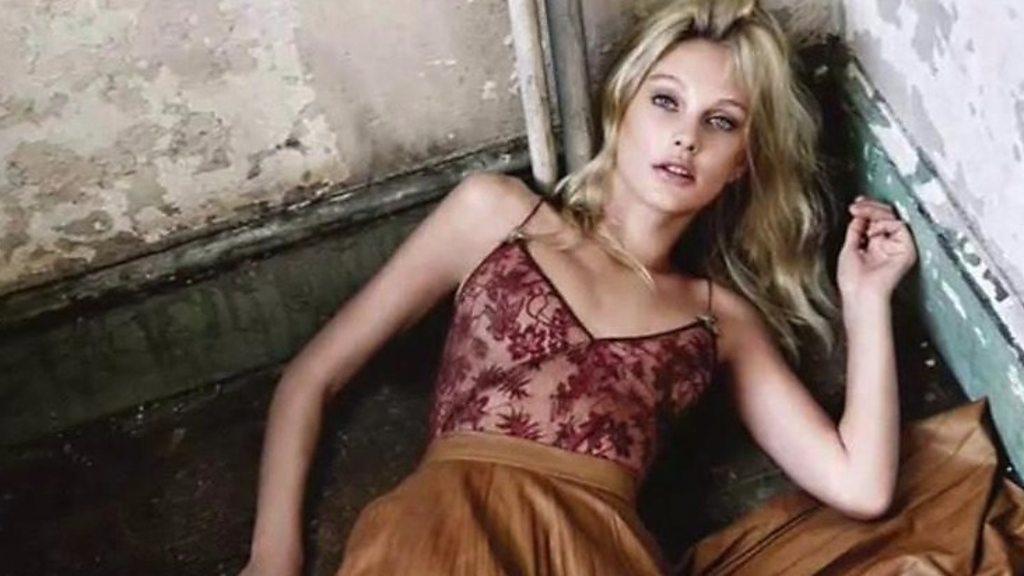
- Published14 December 2017
